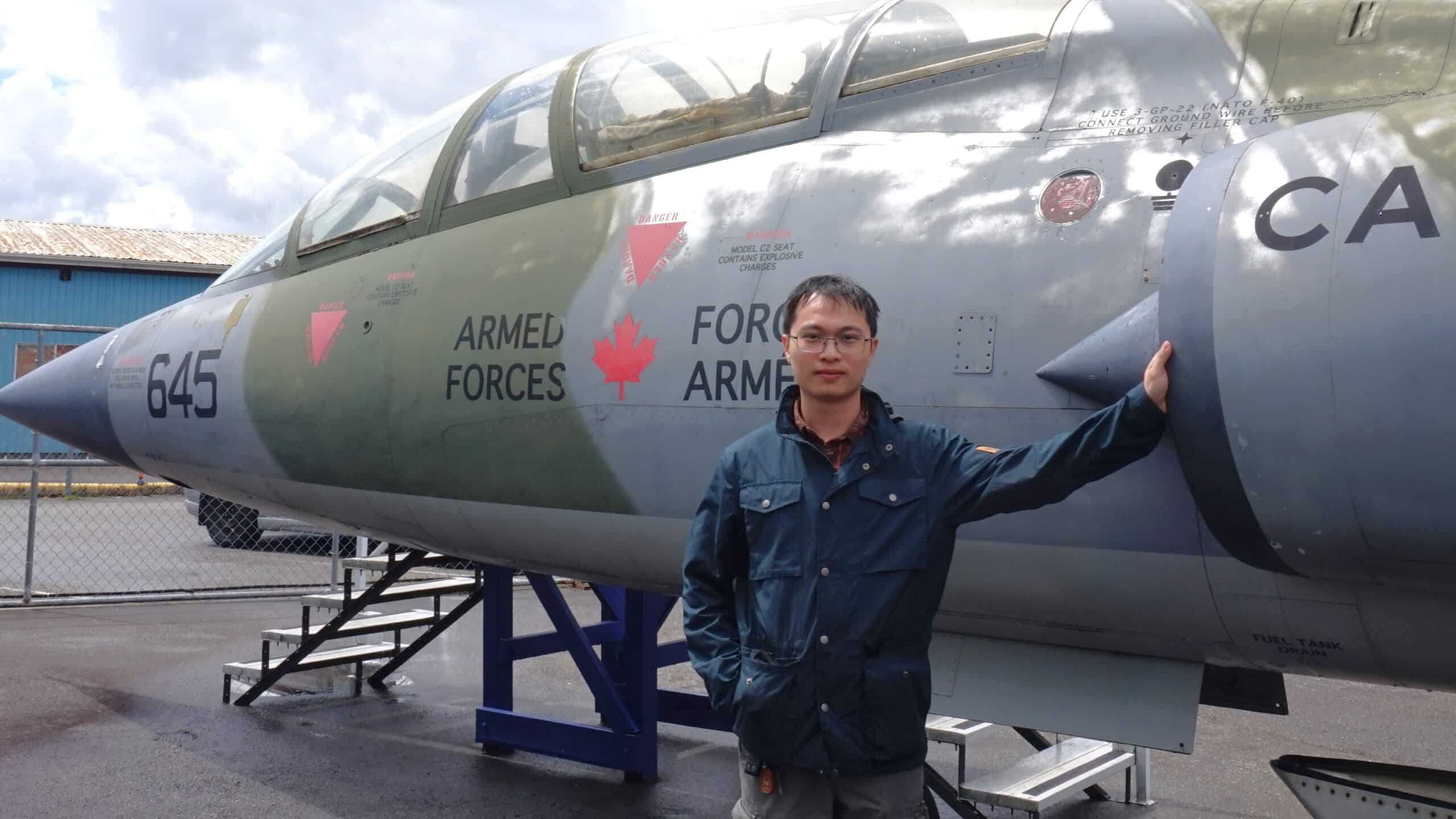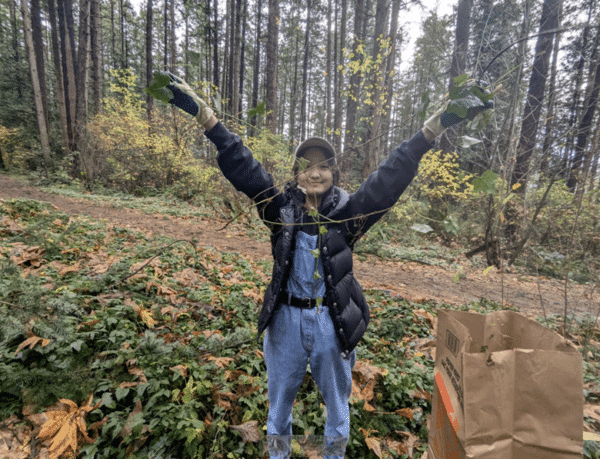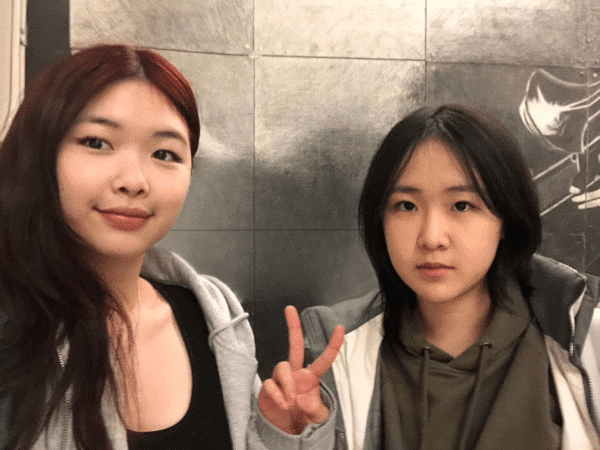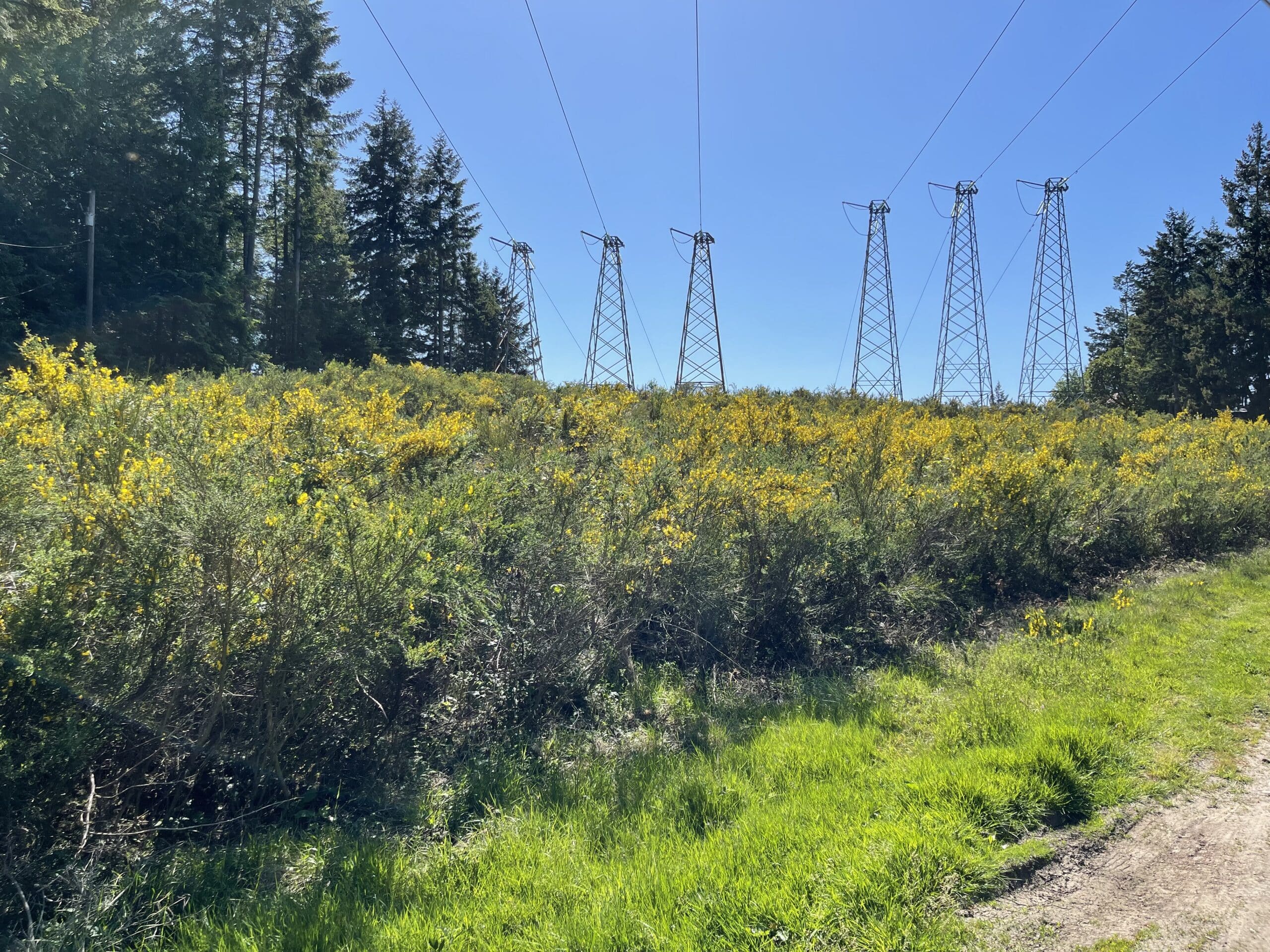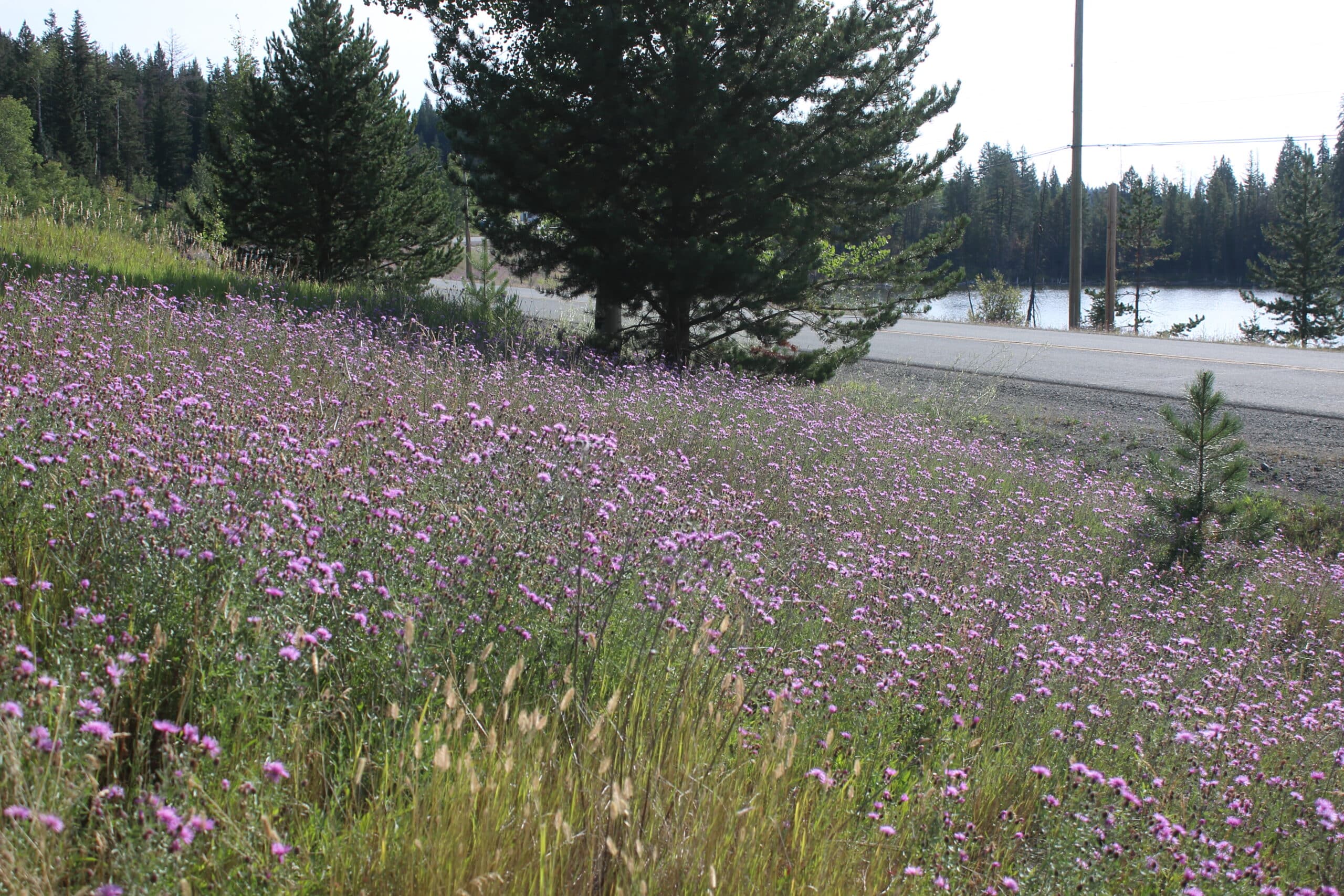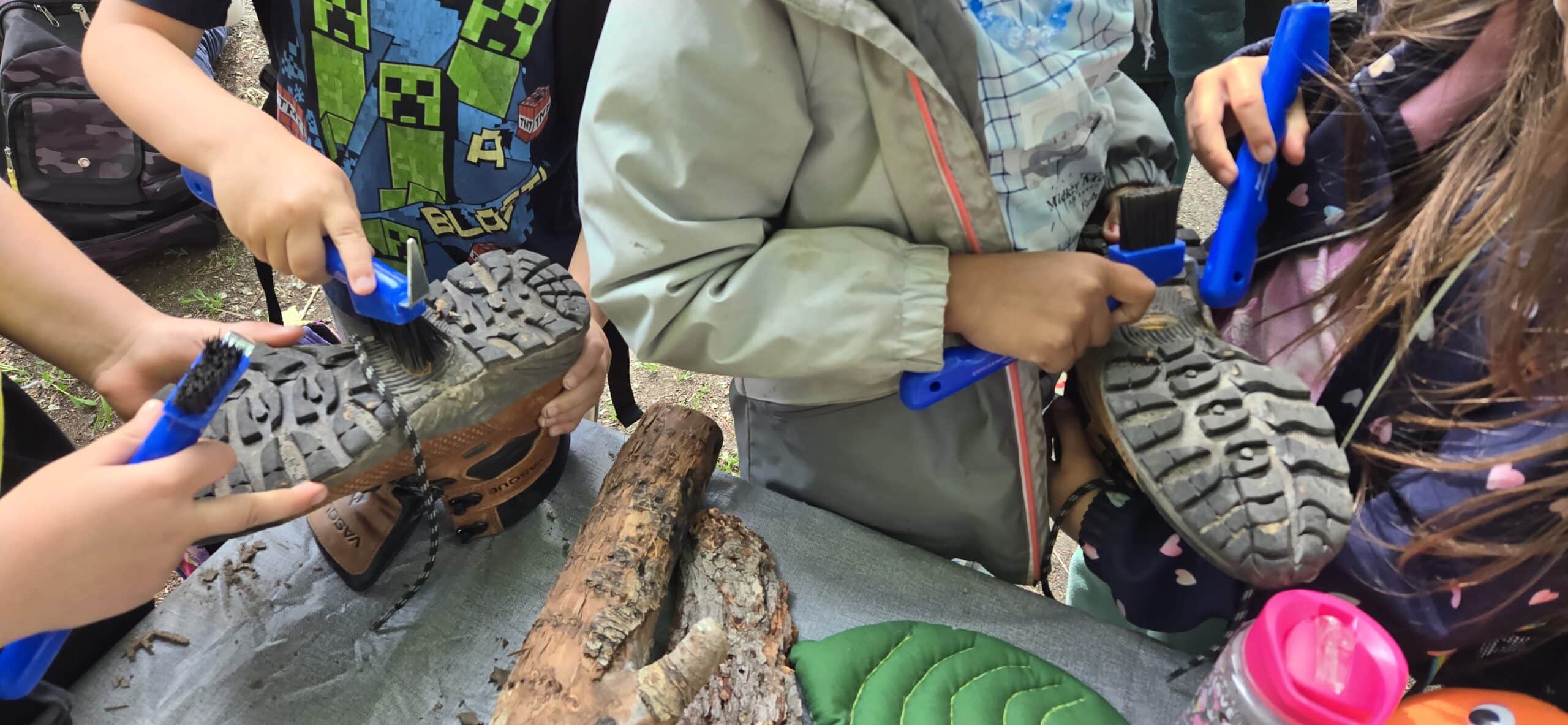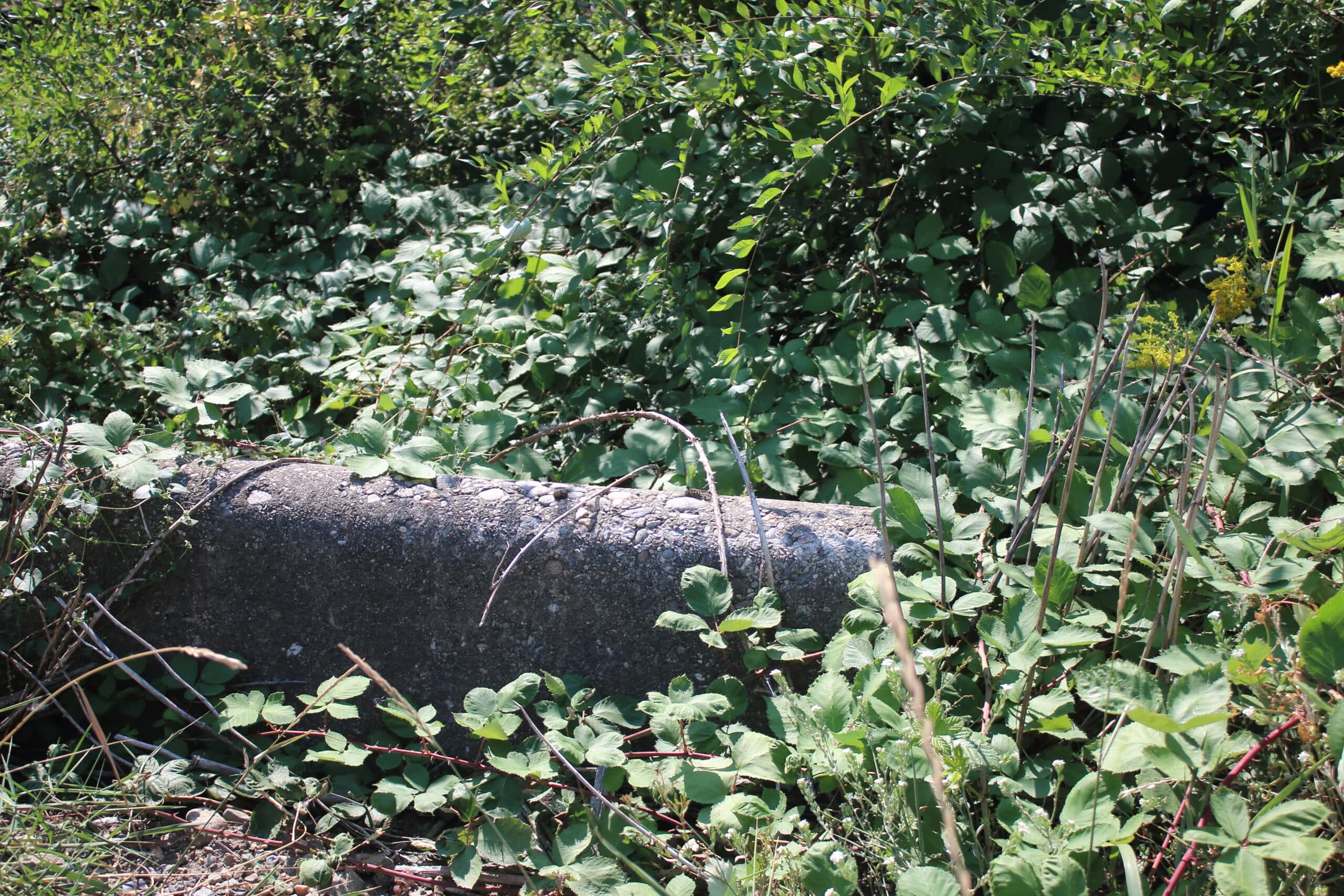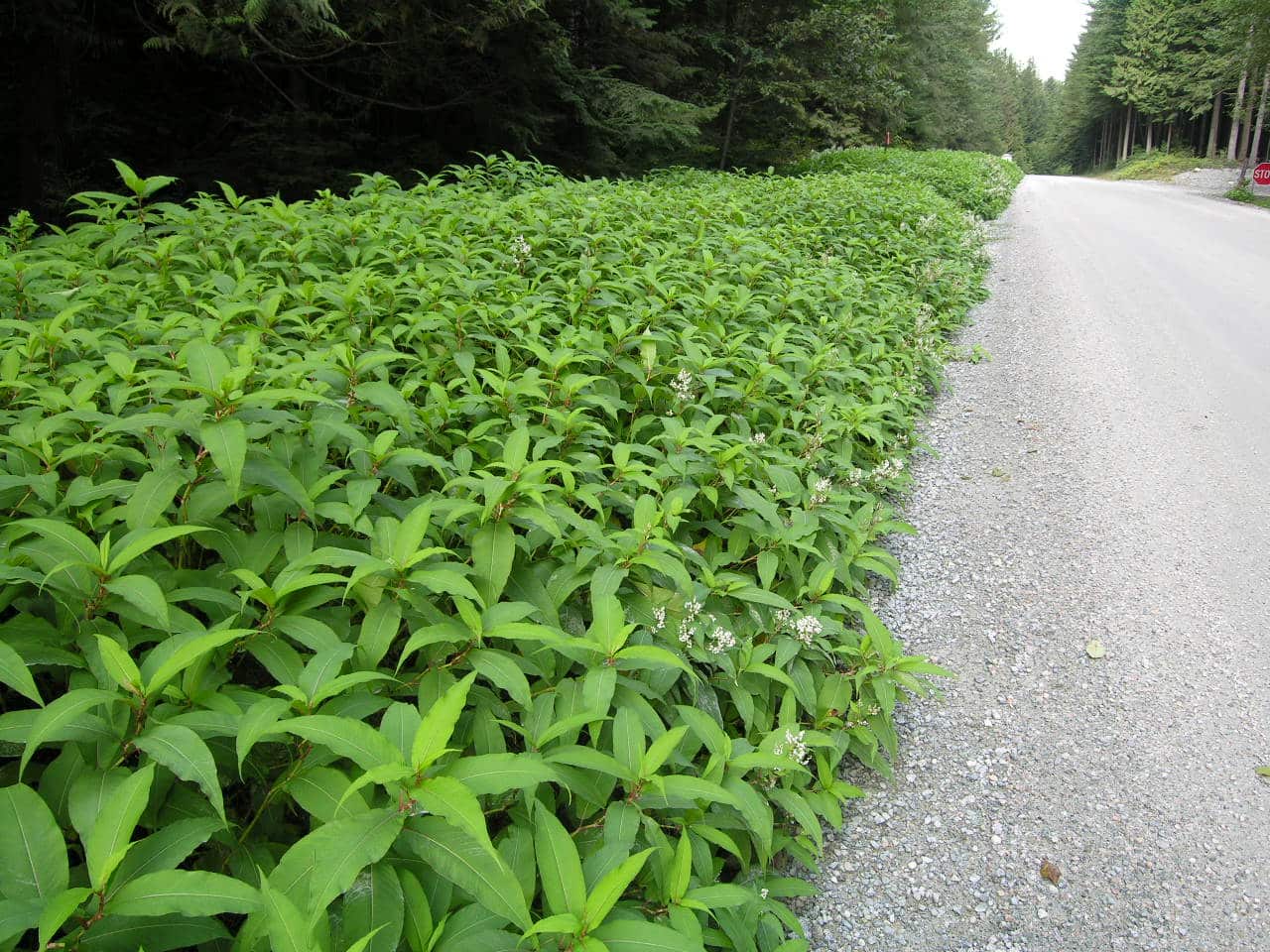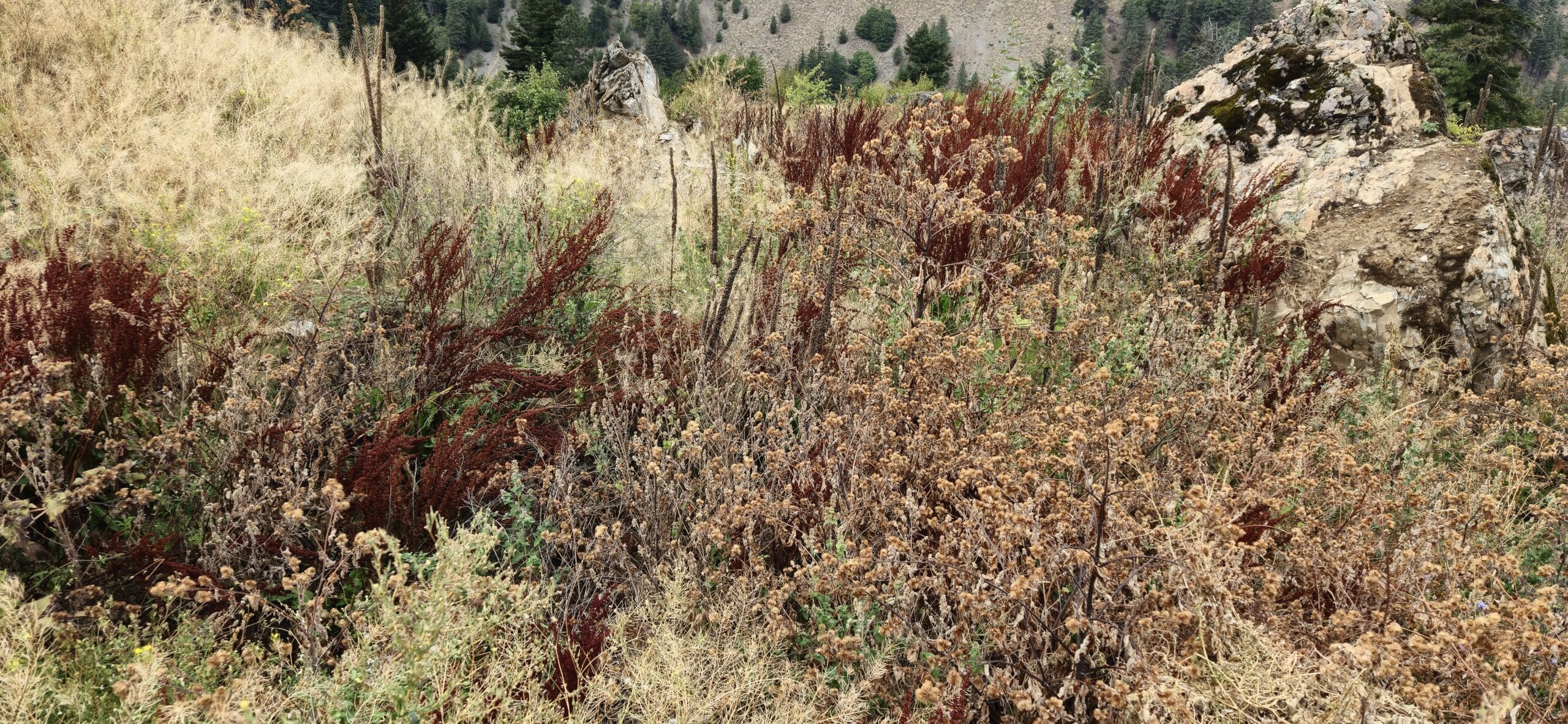By Melanie Apps | June 20, 2024
As part of the ISCBC youth program’s invasive species storytelling project, youth in Canada share their stories of invasive species and their effect on community and culture.
Our next youth has a love for learning and a love of country. Combining his passion for environmental education with action has led to a new understanding of invasive species and his role in helping others.
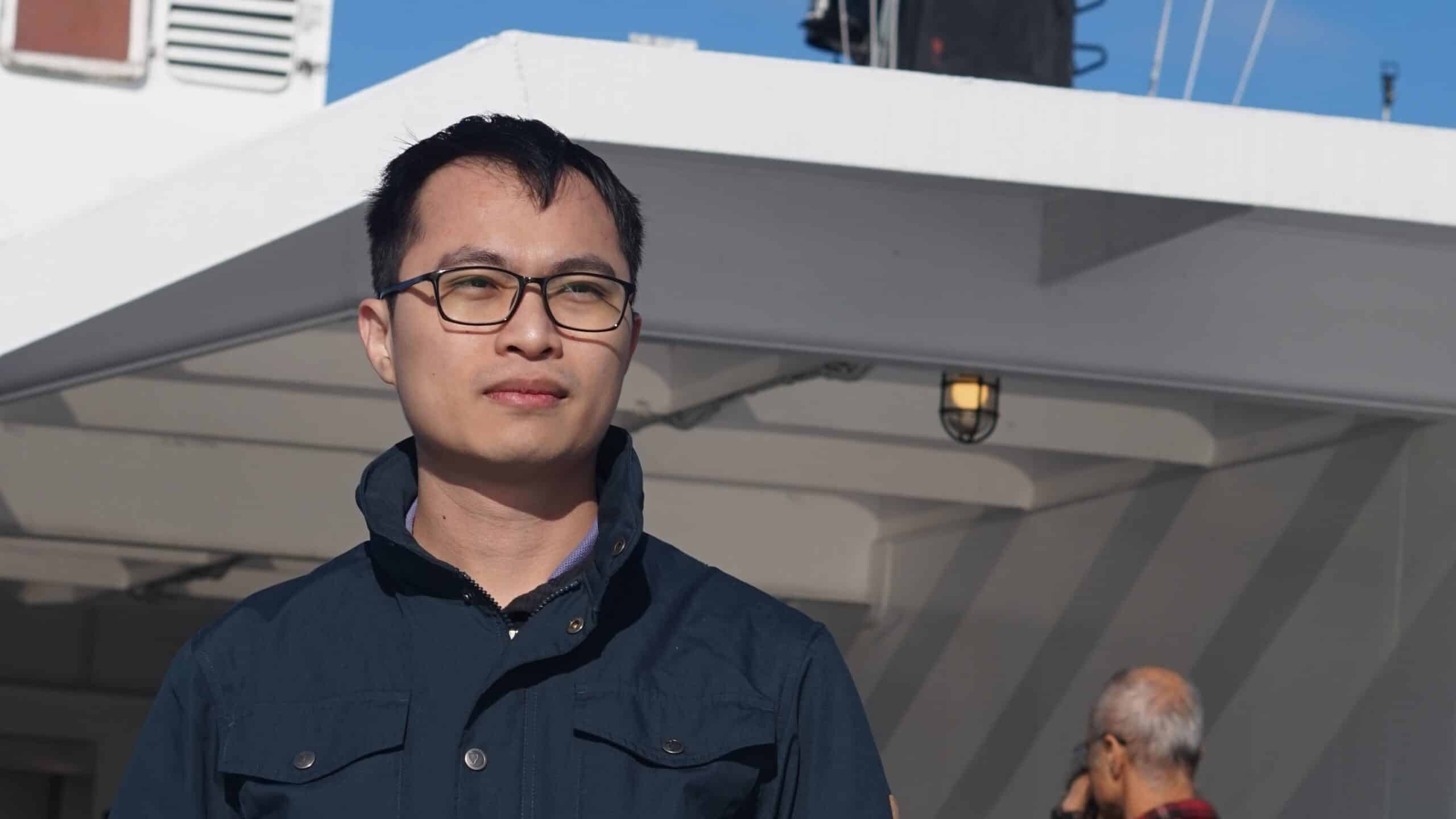
Leoh Tieu, originally from Vietnam, is a Physical Geography student in Canada, living in East Vancouver for the past few years. As Vietnam is an area of the world most affected by climate change, Leoh picked his major to equip himself with knowledge and skills he hopes can be of help to his country. He is an avid reader who loves history and culture books, learning how and why people in a region share things in common. In his spare time, Leoh hikes and camps during the summer, hangs out with friends, and joins various environmental volunteering activities.
When asked which species he connects with most, Leoh chose water hyacinth (Eichhornia crassipes), an invasive plant originally from South America. While water hyacinth is not present in open waterbodies in B.C., it is found in water gardens and ponds across Canada. It can become invasive if improperly disposed of or escape during extreme flooding events. Water hyacinth is currently widespread across tropical and subtropical regions around the world, with some isolated populations present in Ontario.
Highlighting his connection to this beautiful but troublesome aquatic invasive plant, Leoh says: “Water hyacinth is ingrained in the hearts and minds of most Vietnamese people, including myself, from a very young age. It is frequently mentioned in songs and poetry, and it is an iconic image for people in the southern countryside of Vietnam.”
Leoh developed a deeper understanding of water hyacinth when he left his hometown to study in a big city. There, the awareness of water hyacinth as an invasive species was more widely acknowledged. Occasionally, environmental clubs at Leoh’s university would discuss the invasion of water hyacinth and its inconveniences to waterway transportation.
One of Leoh’s most memorable encounters with water hyacinth was witnessing a boat stuck in a small section of river due to the dense growth of this plant. “The sight of water hyacinth covering the river’s surface was no longer as pleasant as it had seemed in my childhood,” said Leoh. “After that incident, I read more about water hyacinth’s impact on the environment and ecosystem and how it often obstructs river traffic. Some people even told me that, in sections of the river abundant with water hyacinth, fish populations appear to significantly decrease.”
Leoh mentions that it’s not uncommon for people to mistake an invasive plant as a native species, like water hyacinth is misunderstood in Vietnam. “With not enough educational to point out the origins and effects on native ecosystems, this is also true for some invasive species in Canada.”
After coming to Canada, Leoh encountered another invasive species he connected with. “My first experience with removing invasive species in Canada was in the summer of 2023. I joined an event organized by The Lower Mainland Green Team, aimed at clearing himalayan blackberry along White Rock beach. There were over 30 volunteers, and we struggled to clear this invasive plant. The results were gratifying, however, as we managed to remove enough to fill an entire container. That day showed me how Canadian environmental teams manage invasive species.”
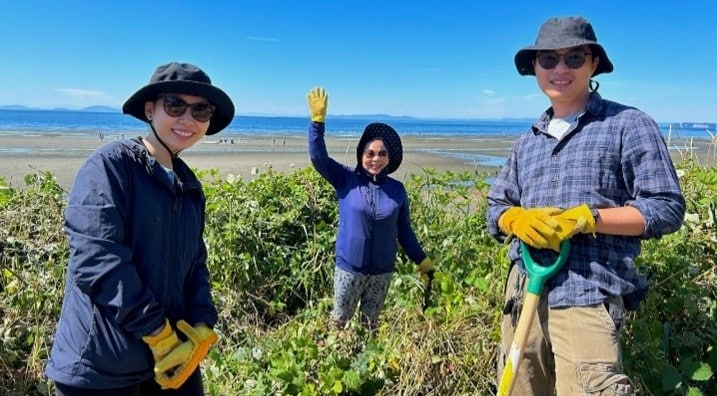
He has the following advice for those interested in getting involved in invasive species management or land stewardship: “Take action! Only through action or participation in environmental organizations can the management of invasive species be realized. Understanding these species is necessary but insufficient for improving invaded ecosystems.”
Leoh has found some challenges regarding invasive species awareness and management. “Invasive plants are often little known, and their harmful effects on ecosystems are not widely acknowledged, as was the case for me 10 years ago. I had to independently research water hyacinth and its impacts, which was challenging due to the scarcity of scientific resources about it in Vietnam. This motivated me to participate in invasive species removal activities in Canada to learn how environmental organizations address the issue. Only through taking action can the problem become clearer.”
Grateful for chance to share his story, Leoh shares the following message: “I have learned a lot from the way Canadians address invasive species issues, and hopefully I can bring these valuable experiences back with me to my country one day.”

Funded by the Government of Canada.
Financé par le gouvernement du Canada.
Melanie is a Youth Coordinator for the Lower Mainland region with ISCBC. She is passionate about community-focused environmental stewardship and helps lead a restoration project in New Westminster in her free time. You can reach Melanie at mapps@bcinvasives.ca
Share


